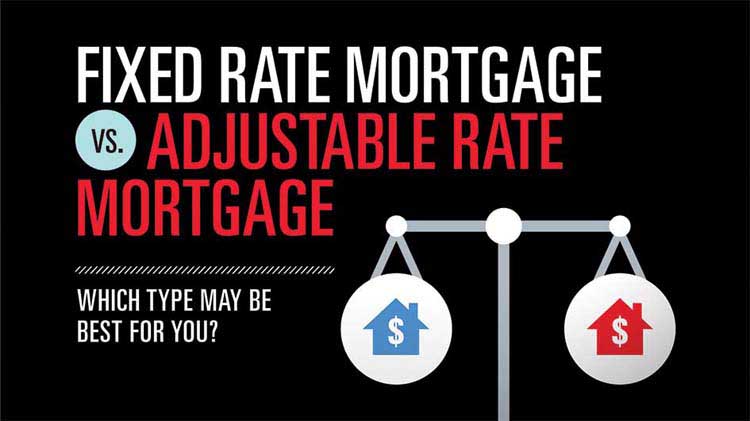Strategies to save for a house
Work hard — and smart — to stash what you need for a down payment for a home.
Saving for a down payment on a house can have many rewarding benefits. For instance, a higher down payment for a house can help you qualify for better mortgage rates, lower payments or a more expensive house. You’ll save exponentially if you can put a 20% down payment on a house. This is not only because you won’t pay interest on the portion that you didn’t have to finance, but you’d also avoid PMI (private mortgage insurance), which would be one less payment to make. Saving for a down payment takes effort, so here are some tips that could help you with your down payment goal.
Find your mortgage ballpark
An online mortgage calculator will estimate what you can spend. Even though your payments will stay the same over the years with a fixed rate mortgage, other house related expenses could change. Make sure you budget to afford other expenses such as the taxes, utilities and maintenance costs, all of which could rise over time. There are costs in the buying process too, such as inspections.
Boost your down payment
If you can pay 20% of your home’s price, you’ll get a better interest rate and eliminate PMI, which bumps up your monthly payment. If you can’t, you’re not alone — the average down payment was reported to be around 12%. Once you have paid off 20% of the home’s appraised value, you should ask to have the PMI removed, which can help you save even more.
Take small, smart steps to accumulate a down payment for a house
One habit you can drop early in your home buying process: eating out — put that money away in a house-savings fund. Take your lunch to work rather than paying retail for your food. Look for savings elsewhere, too. When your car dies, buy a used car rather than a new replacement.
Calculate how to save money
Deciding how much down payment you want to save can get complicated. How much down payment do you want to save? How much time do you want to spend saving? How much are you willing to sacrifice to save that amount? A lot is involved in answering these questions. There is a calulator that can help with this. In place of the "retirement age" section, just put the age you want to be when you have that amount saved and this calculator can show you how moving those 'levers' can affect your goals.
Leave enough room in your budget to pay ahead on your loan
While a fixed 15-year loan nets a lower interest rate, a 30-year loan gives you more wiggle room. In either case, paying extra towards principal can save thousands. Check if your lender offers a bi-weekly program, which is a budget-friendly way to pay towards your principal by making bi-weekly mortgage payments. With bi-weekly payments, you'll make one additional mortgage payment each year, which could be applied towards the principal. This allows you to pay off your home early and pay a lot less in interest over the course of the loan.
Budget now for the things that go along with a home
In addition to saving for a down payment, save for paying for the house and its upkeep now. Search online to discover the life expectancy of home systems, and start stashing away money to help when it’s time to replace big-ticket items such as central air or the roof.
State and federal programs offer grants (yes, free money) and more. One U.S. Department of Agriculture program requires no down payment in designated rural areas. And the U.S. Department of Housing and Urban Development (HUD) offers teachers, Law enforcement officers, firefighters and emergency medical technicians a 50% discount on homes in revitalization areas. Check the HUD website for assistance programs by state. And after you have decided to purchase a house, feel free to contact a State Farm® agent to help you protect your home and your belongings.




